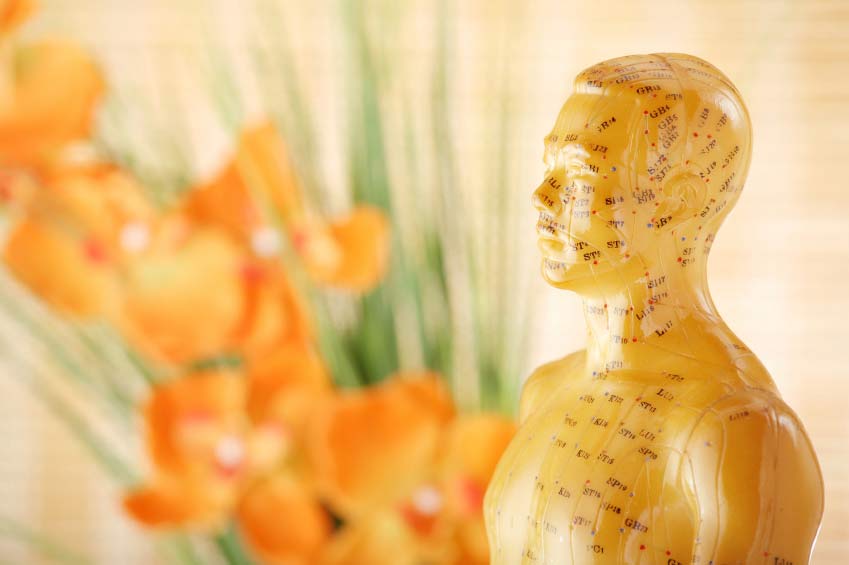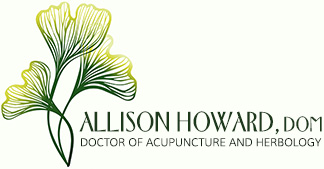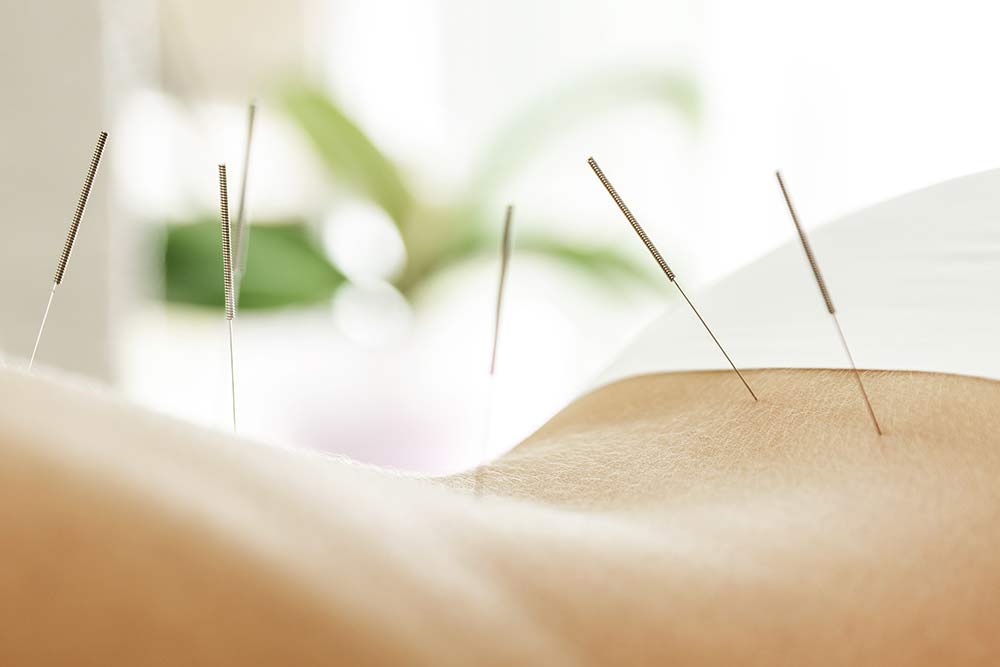The ancient art of acupuncture and other forms of traditional Chinese medicine have been used in Asia for more than 4,000 years to treat many conditions and relieve pain. Traditional Chinese medicine explains that health is the result of a harmonious balance of the complementary extremes of yin and yang and of the life force known as qi. Illness is thought to be the consequence of an imbalance of these forces. Qi is said to flow through meridians, or pathways, in the human body. Acupuncture points are located on meridians, through which this vital energy runs. These meridians and energy flows are accessible through over 1500 acupuncture points in the body.
Doctors of Chinese medicine will diagnose their patient using a variety of methods including examination of tongue and pulse. This assesses where the patients imbalances are and guides the doctor’s choice of acupuncture points. This medicine is very aware of the presence of stagnation as opposed to flow and is usually looking to optimize the flow of qi in a body. Since disruption of energy flow or stagnation can cause disease, as acupuncture unblocks and realigns meridians or energy flow pathways within the patient, it improves the flow of qi thereby improving health.

There are different scientific paradigms that help us to understand this medicine from a Western perspective. Some physicians believe acupuncture has a direct effect on the nerves because acupuncture points are places where nerves, muscles and connective tissue can be stimulated. The stimulation increases blood flow, while at the same time triggering the activity of the body’s natural opiate-like compounds, endorphins and the “feel good” neurotransmitter, Serotonin. Acupuncture points are believed to also effect the central nervous system by causing the release of chemicals into the muscles, spinal cord and brain. These biochemical changes encourage the body’s natural healing abilities and promote physical and emotional well-being. This is the hypothesis of Dr Ting Bao an integrative medical oncologist at Memorial Sloan-Kettering Cancer Center in New York. He theorizes that acupuncture works through neurohormonal pathways meaning that as the needle enters specific points it stimulates a nerve that signals the brain to release hormones that increase the patients pain threshold. Another hypothesis is that acupuncture works by reducing pro-inflammatory markers in the body which decreases inflammation and reduces pain.
Some studies have shown that the acupuncture point sites are areas of increased electrical resistance showing us that this is a very active area and probably an ideal point to access the bodies energy field. 70% of the human body is fluid and one could view the insertion of a metal needle into a point as a way to conduct the electricity of the human body. During an acupuncture treatment, some people feel a sensation of movement, flow or even a sense of being “plugged in”.
The truth is probably that all of these various mechanisms play a role in acupuncture’s ability to activate the body’s own self-healing mechanisms. There is now vast consensus regarding the efficacy and success of acupuncture as a healing modality.

